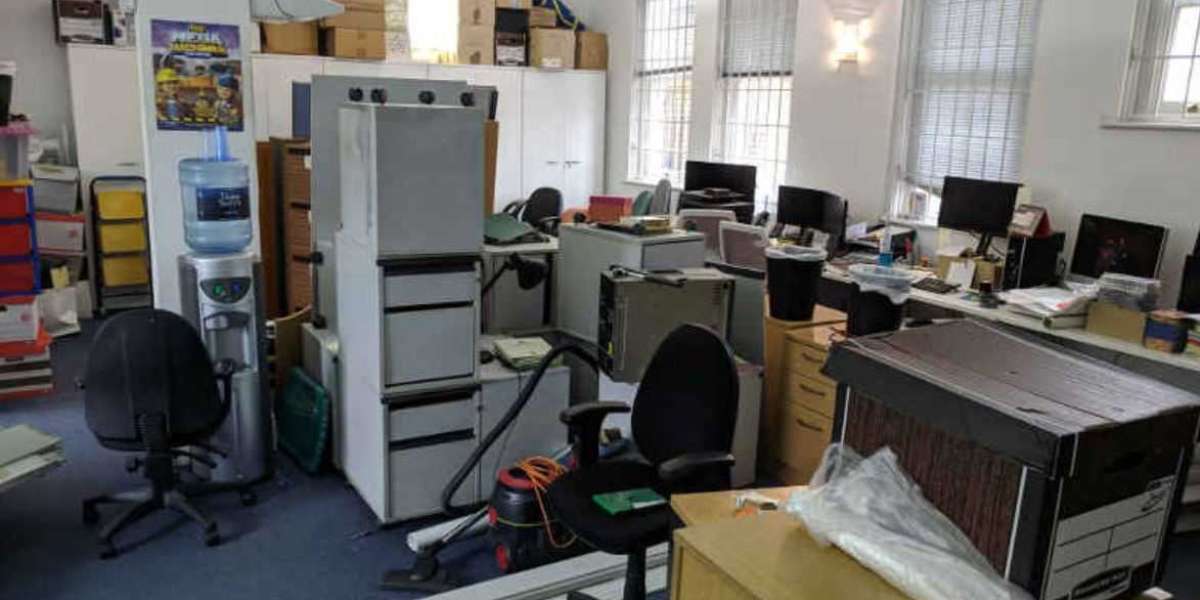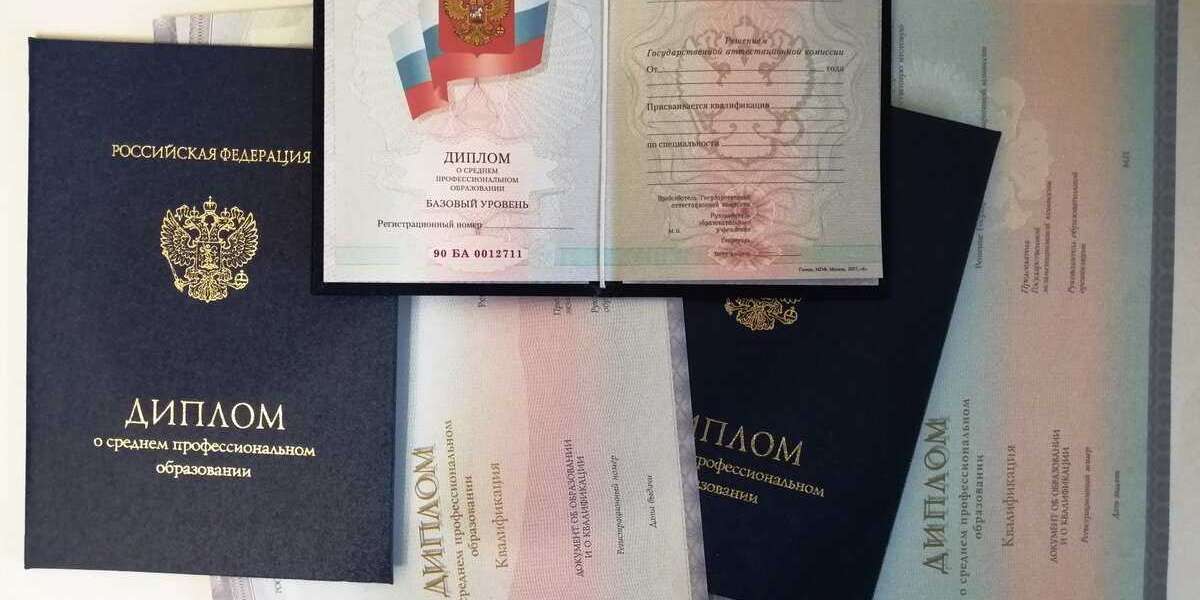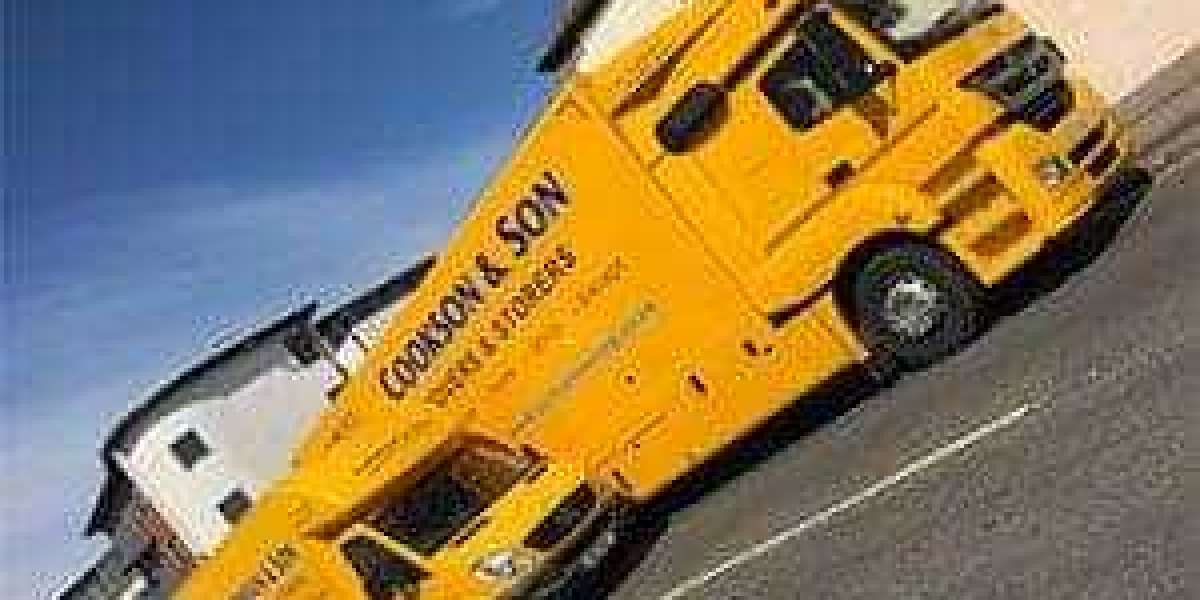Introduction
A cluttered office isn’t just an inconvenience—it’s a barrier to productivity, efficiency, and even employee morale. Studies show that a well-organized workspace can improve focus, reduce stress, and enhance workflow. As a manager, your role is to create an environment where employees can perform at their best, and office clearance is a crucial part of that process.
But office clearance isn’t just about removing junk—it’s about strategically optimizing space, digitizing paperwork, and implementing long-term organization systems. A clean and efficient office can improve business reputation, enhance client impressions, and even boost revenue for companies that welcome customers onsite.
So, where should you start? Below, we’ll explore the best office clearance tips, including step-by-step decluttering techniques, digital organization strategies, and space-saving hacks to help managers maximize office efficiency.
1. Assessing Your Office Space: Where to Start?
Before diving into decluttering, assess your office space strategically. A well-planned clearance ensures that you’re not just shifting clutter around but optimizing the workspace for efficiency.
How to Conduct an Office Space Audit:
? Identify problem areas: Desks, storage rooms, filing cabinets, common areas.
? Ask key questions:
- What items are essential for daily operations?
- Which items haven’t been used in months?
- Can any physical files be digitized?
? Measure storage efficiency: If storage areas are overflowing, it’s time to eliminate unnecessary items.
Real-Life Example:
A marketing agency conducted a workspace audit and found that 40% of stored documents were outdated. By scanning important records and recycling the rest, they freed up two entire filing cabinets worth of space, allowing room for new, more essential materials.
2. The Step-by-Step Office Clearance Process
Effective office clearance follows a structured process. Here’s how you can declutter efficiently:
Step 1: Declutter in Phases
✔ Start small: Begin with desks, then move to shared spaces, then storage areas.
✔ Tackle one category at a time: Papers, electronics, office supplies, furniture.
✔ Avoid overwhelming employees: Assign sections to different team members.
Step 2: Categorize Items
Use the Four-Box Method:
✅ Keep – Items used daily.
♻ Store – Items needed occasionally.
❤️ Donate – Usable but unnecessary items.
? Recycle/Discard – Broken, outdated, or redundant items.
Step 3: Digitize Paper Clutter
? Scan important documents.
? Store them securely in cloud-based services like Google Drive or Dropbox.
? Shred unneeded paperwork.
Real-Life Example:
A law firm in New York digitized over 10 years’ worth of case files, freeing up an entire room that was later converted into a collaborative workspace for employees.
3. Smart Storage Organization Hacks
Even after decluttering, offices can still feel cramped if space is not utilized properly. Smart storage solutions can help managers maximize office space without sacrificing functionality.
Best Space-Saving Solutions:
✔ Modular Desks: Adjustable desks with built-in storage compartments.
✔ Vertical Storage: Use shelves instead of floor cabinets to free up space.
✔ Cable Management: Hide cables using organizers to maintain a clean workspace.
✔ Multi-Purpose Furniture: Use storage ottomans, folding tables, and mobile workstations.
Real-Life Example:
A co-working space in London saved 30% of its office floor space by switching to mobile storage units and wall-mounted shelves, allowing for a more open and flexible layout.
4. Digital Decluttering: The Key to a Paperless Office
In today’s digital world, electronic clutter is just as problematic as physical clutter. Unorganized emails, outdated software, and overflowing digital storage can reduce efficiency and slow down work processes.
How to Declutter Your Digital Workspace:
? Email Cleanup: Set up filters, delete old emails, and unsubscribe from spam.
? Organize Files: Use structured folders and delete redundant files.
☁ Use Cloud Storage: Move files to Google Drive, OneDrive, or Dropbox.
? Remove Unused Software: Delete applications that slow down devices.
Real-Life Example:
A tech startup in California streamlined its workflow by implementing an automated document organization system, saving employees 5+ hours per week previously spent searching for files.
5. Eco-Friendly Office Clearance: Reduce, Reuse, Recycle
Sustainability is becoming a priority for businesses. Instead of dumping unused office items, consider eco-friendly disposal methods.
Sustainable Office Clearance Tips:
✔ Donate Unused Furniture Equipment: Partner with local charities or schools.
✔ Recycle Electronics Responsibly: Use certified e-waste recycling programs.
✔ Switch to Sustainable Office Supplies: Use recycled paper, refillable ink cartridges, and reusable office materials.
Real-Life Example:
A corporate firm in Texas donated over 200 office chairs and desks to underfunded schools, reducing waste and supporting local education programs.
6. Creating an Office Clearance Routine for Long-Term Efficiency
Decluttering shouldn’t be a one-time task—it should be a continuous process. To maintain an organized office, managers should establish a routine clearance system.
How to Maintain a Clutter-Free Office:
? Schedule Monthly Decluttering Days: Assign teams to review their workspaces.
? Implement a "One In, One Out" Rule: If new furniture or equipment is brought in, something old should go.
? Use a Centralized Storage System: Prevent unnecessary duplication of supplies.
? Encourage Employee Participation: Offer incentives for keeping workspaces clean.
Real-Life Example:
A consulting firm introduced a Friday Cleanup Hour, where employees collectively declutter their workstations. Over time, this led to higher productivity and a more professional office environment.
Conclusion: Take the First Step Toward an Organized Office
Office clearance isn’t just about tidying up—it’s about boosting efficiency, reducing stress, and making better use of available space.
Key Takeaways for Office Managers:
✅ Conduct an office space audit to identify cluttered areas.
✅ Follow a step-by-step decluttering plan to clear out unnecessary items.
✅ Use smart storage solutions to optimize space.
✅ Digitally declutter by organizing emails, files, and cloud storage.
✅ Implement sustainable disposal methods for eco-friendly clearance.
✅ Establish a long-term clearance routine to maintain organization.
By following these tips, managers can transform their office into a well-organized, productive space that benefits employees and business operations.
Call to Action:
Start decluttering your office today! Create a workspace that inspires productivity, fosters creativity, and maximizes efficiency.







